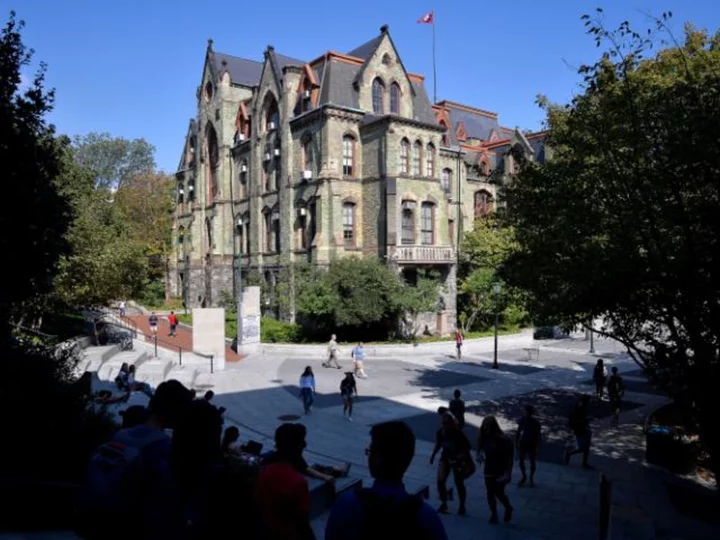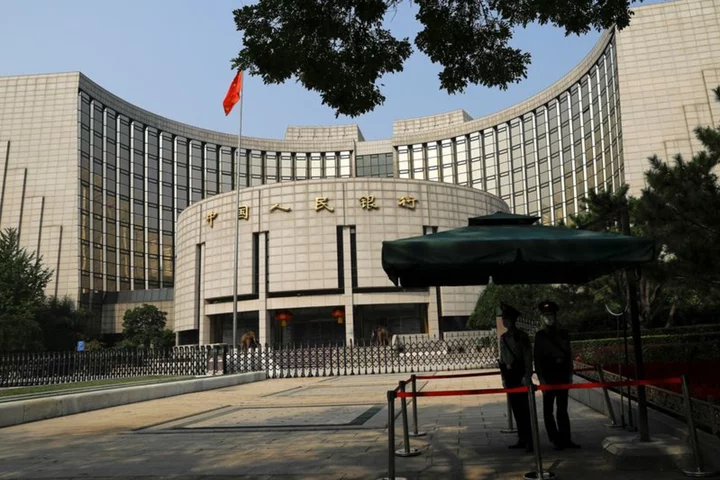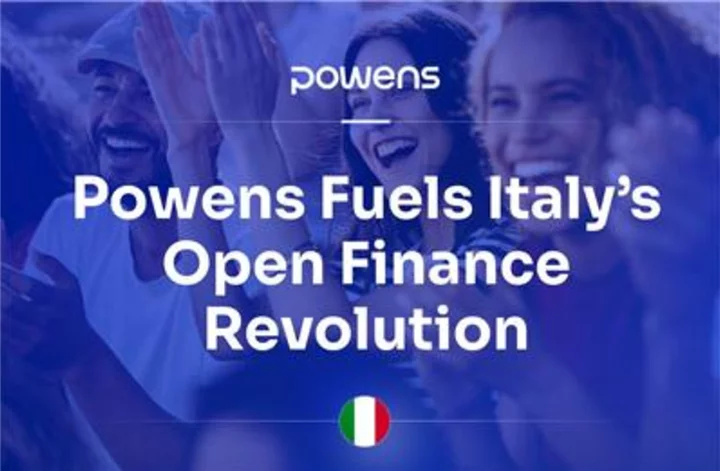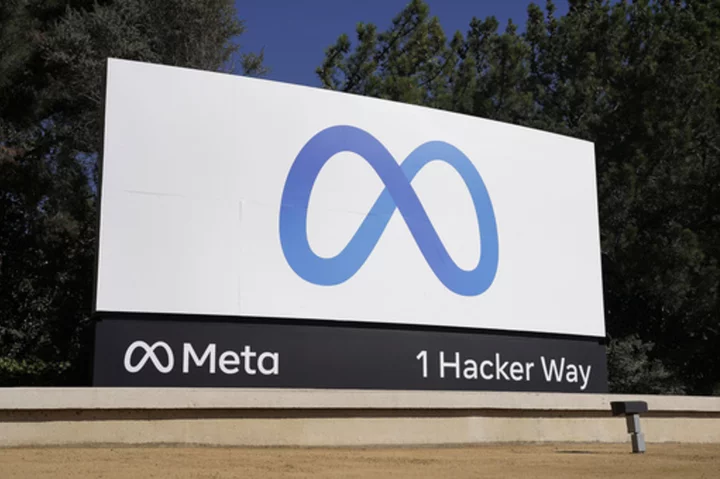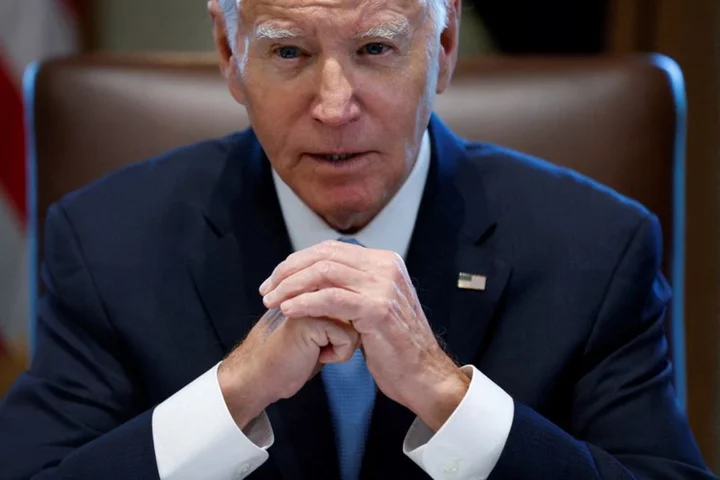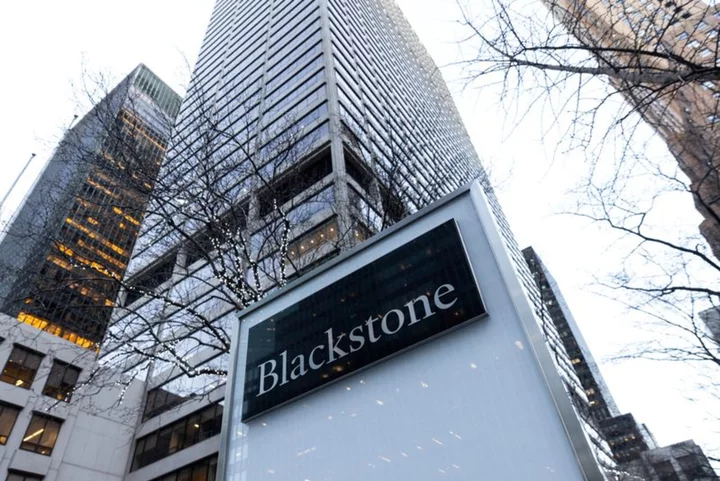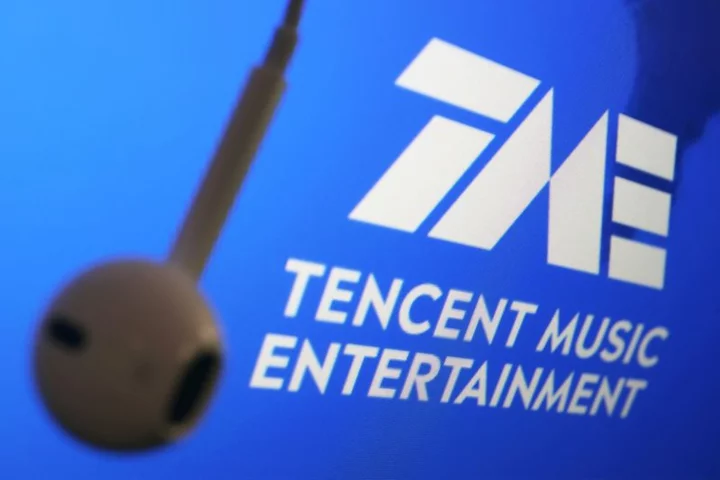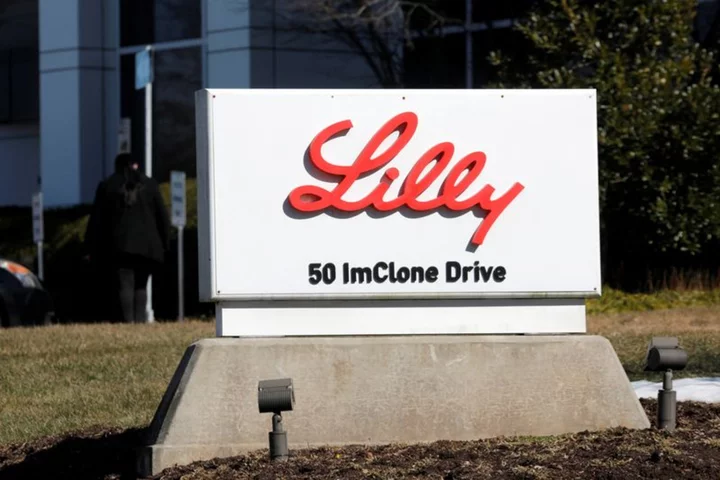Yesterday, we talked about some of the big-name, deep-pocketed businessmen who were, to say the least, disappointed with their alma maters' responses to what they considered antisemitic behavior at Harvard and UPenn.
The donors' backlash has become a serious PR headache for the schools. Which is exactly the point.
Donors understand as well as anyone that pulling their funds won't inflict significant financial damage on Ivy League institutions, which boast huge endowments, my colleague Nathaniel Meyersohn reports. The point of donating — apart from showing support for your school out of the goodness of your heart — is to wield soft power within influential institutions that are shaping the minds of future generations. And to get a tax write-off, of course.
The impact of the angry donors' pullback is less likely to be immediate, according to Lee Gardner, a writer at the Chronicle of Higher Education who covers higher education finance. But it could, he said, take a bite out of gifts or donations that might have been in the works down the road.
"Ivy League universities have the relative luxury of being enormously wealthy," Gardner said. "They have a lot more financial insulation from the impact of some donors getting upset."
The donor backlash reflects the way colleges have to run themselves much like a corporation.
Like any big business, a university is beholden to donors (who act like shareholders, wielding their money as a cudgel) and to students (their primary consumers, who could eventually become donors themselves). Not to mention all manner of other stakeholders, such as professors, parents, and staff.
While losing one or two donors isn't a fatal blow for elite colleges, they still need donors to help keep the lights on. Even well-funded schools like UPenn or Harvard would have a big hole to fill if all donors suddenly cut ties.
"Philanthropic funding of US colleges and universities is at a high point," researchers at Indiana University's Lilly Family School of Philanthropy found in a 2020 study. "Public and private fundraising powerhouses are fielding campaigns with billion-dollar goals at once-impossible levels — and they are achieving their goals."
Philanthropy is the single largest contributor to revenue at Harvard, accounting for 45% of the university's $5.8 billion in income last year.
In fact, the revenue generated each year from Harvard's education and research endeavors is "not sufficient to fund operations," according to the school. It relies on philanthropy to fill in the gap.
At UPenn, philanthropic gifts accounted for 1.5% of the university's $14 billion in revenue last year. The majority of UPenn's income came from its hospital network.
Lawrence Summers, the former president of Harvard and US Treasury Secretary, has criticized the "morally unconscionable" student statement about Israel that prompted the donor revolt.
But he said that financial threats from donors were not the right solution to influencing universities' positions on these issues.
"I believe the adjustments from universities should come from their conscience and conversations within their communities, not in response to financial pressure," Summers told CNN Tuesday.
NUMBER OF THE DAY: $22.99
One day, I imagine telling stories to my grandchildren, gathered in our space pod, about the old days on Earth. How we used to pay for things by writing numbers on a little pieces of paper we carried in a book. How we drove on "roads" and yelled about "traffic." And how Netflix cost just $8 a month.
That last one already feels like ancient history, tbh.
On Wednesday, Netflix announced yet another price increase for some customers, jacking up the cost of its premium ad-free plan in the United States by $3 a month, to $22.99. (Its basic plan will rise to $12 in the United States. All other plans, including its ad-supported $7 tier, will stay the same.)
Oh Snap
These days, TikTok gets all the attention — the app that's got teens fixated on their phones so that China can feed them communist propaganda, or whatever.
Snapchat, the buzziest app of the 20-teens, has in recent years been overshadowed in all the TikTok pearl-clutching, Twitter Musk-ing and Meta Threading. But all the while, Snapchat has quietly become the world's fastest-growing social platform, my colleague Clare Duffy writes.
See here: As of the end of June, Snapchat reported 397 million daily active users — more than X, the platform formerly known as Twitter.
Critically, last month it reached 5 million paying subscribers for its Snapchat+ service, already halfway to the 10 million goal just a year after launching.
At 5 million subscribers paying $3.99 a month, Snapchat+ is set to earn around $239 million in annual revenue.
Still, revenue growth hasn't kept pace with those user gains. In the first six months of this year, Snap, the app's parent company, saw revenue fall more than 5% compared with the year-ago period, and it posted an operating loss of $769 million. The company's shares are down more than 11% since this time last year.
When Snap reports quarterly earnings next week, it's expected to post its third consecutive revenue decline.
Why it matters
Social media is kind of a hot mess right now, littered with misinformation and desperately jockeying to feed us content from people we've never heard of. The utility of Twitter has, for many, vanished; the joy of Instagram is dulled by frequent ads that seem suspiciously relevant, like your phone is listening to your real-life conversations; Facebook is ... I have no idea what Facebook is now, honestly.
Snapchat, Clare writes, has gone a different route, focusing on connecting users with their real-life social circle.
It's not immune from the mess, of course.
Snapchat, like other platforms, is trying to revamp its advertising business to cope with changes to Apple's app tracking policies. And the company is pouring money into artificial intelligence and augmented reality.
Still, analysts are intrigued by Snap's user growth, especially for a company that's been around for over a decade.
"In my view, there's significant value for a company that's growing its installed base at this level," said Angelo Zino, senior equity analyst at CFRA Research. "At the end of the day, when you think about advertisers, they want to go where the eyes are."
Enjoying Nightcap? Sign up and you'll get all of this, plus some other funny stuff we liked on the internet, in your inbox every night. (OK, most nights — we believe in a four-day work week around here.)

